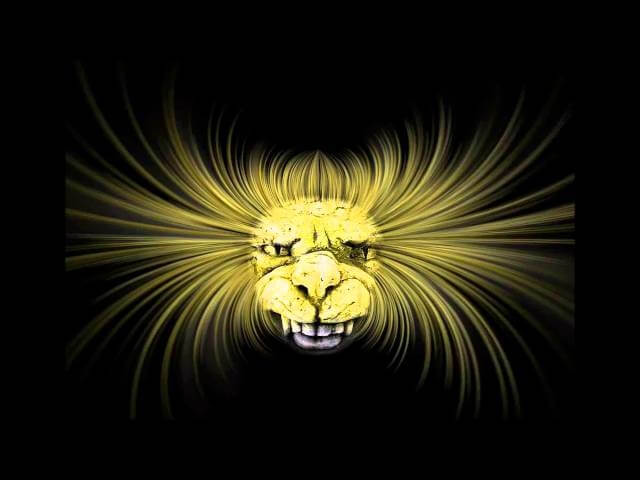Some of the scariest sounds in horror movies are the ones you can’t hear

It’s officially Halloween night, and your options are either to gas some Mad Dogs and toilet-paper your ex’s house with your friends, or stay in and watch a few more horror movies while you still have an excuse. If you’re choosing the latter (probably smart), here is a great option streaming on Netflix, and here is a slightly more ambitious slate to work your way through.
While you’re doing that, lend an ear to the sounds creeping out of the speakers; there’s a lot more going on there than you might realize. A new article on Atlas Obscura explores some of the many ways horror movies use sound to manipulate their audience psychologically. For one, filmmakers can layer sound at a level below where human ears perceive it, so it comes across at the same low rumble on which we’d feel an earthquake or avalanche. For example, Gaspar Noe’s intensely disturbing Irréversible used the technique, as did Paranormal Activity. Our ears normally pick things up at 20 Hz, so once something’s at 19 Hz we know something is awry.
Want to test it out yourself? Here’s a full hour of 19 Hz audio. Crank it up and see how your stomach reacts.
Want to go even deeper? Here’s another hour at 8 Hz. ’Tis the season.
The 2012 zombie film The Battery used power transformers, air conditioners, and other devices modulated to a lower pitch to create an infrasound-like effect. More notably, it recalls the low-level industrial hum omnipresent throughout Eraserhead. While perhaps not at the “infrasound” level, it’s one of the most striking elements of that film’s soundscape, and it’s crucial to building the film’s sense of unease.
You can check out the whole article—which digs into a few more ways horror audio plays with your head—here.